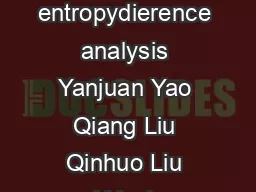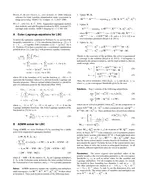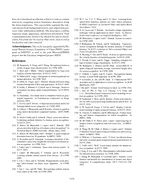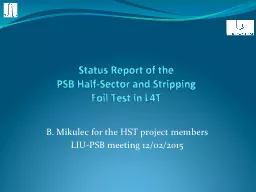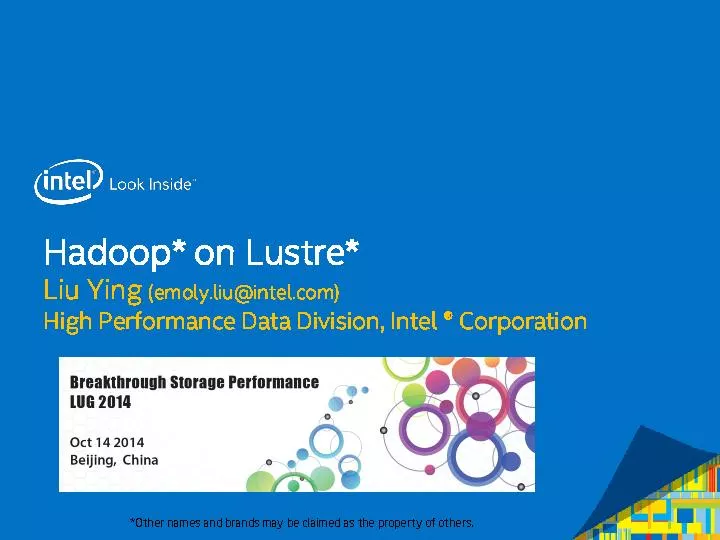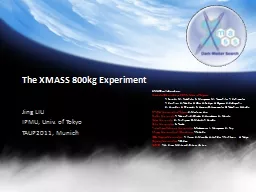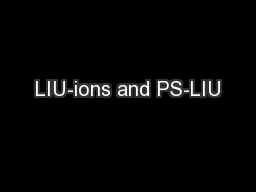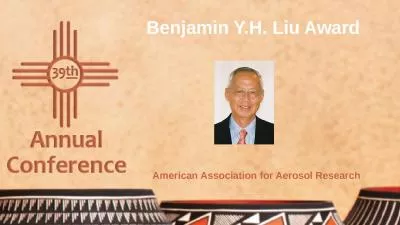PPT-Jialin Liu , Bradly Crysler
Author : importedferrari | Published Date : 2020-11-06
Yin Lu Yong Chen Oct 07 2013 DataIntensive Scalable Computing Laboratory DISCL Localitydriven Highlevel IO Aggregation for Processing Scientific Datasets 1
Presentation Embed Code
Download Presentation
Download Presentation The PPT/PDF document "Jialin Liu , Bradly Crysler" is the property of its rightful owner. Permission is granted to download and print the materials on this website for personal, non-commercial use only, and to display it on your personal computer provided you do not modify the materials and that you retain all copyright notices contained in the materials. By downloading content from our website, you accept the terms of this agreement.
Jialin Liu , Bradly Crysler: Transcript
Download Rules Of Document
"Jialin Liu , Bradly Crysler"The content belongs to its owner. You may download and print it for personal use, without modification, and keep all copyright notices. By downloading, you agree to these terms.
Related Documents


